This morning we bade farewell to the Eastern Rodopi Mountains, moving north-east to an area of Bulgaria called Sakar. This area is characterised mainly by rolling hills and agricultural land. A variety of breeding raptors can be seen here, including a couple of rarer species: Eastern Imperial Eagle and Lesser Kestrel. The plan was to spend the entire day in the region, mainly searching for its classic birds, before driving a couple of hours further north to the town of Yambol in the evening. This was just a stopping point to break the long drive up to the far north of Bulgaria.
Before leaving the Rodopi we stopped very briefly in the village of Borislavtsi to get a few photos of White Stork and Spanish Sparrow, two species I hadn’t properly made an effort with yet. The sparrows are almost always found around stork nests in Bulgaria, along with House Sparrows.
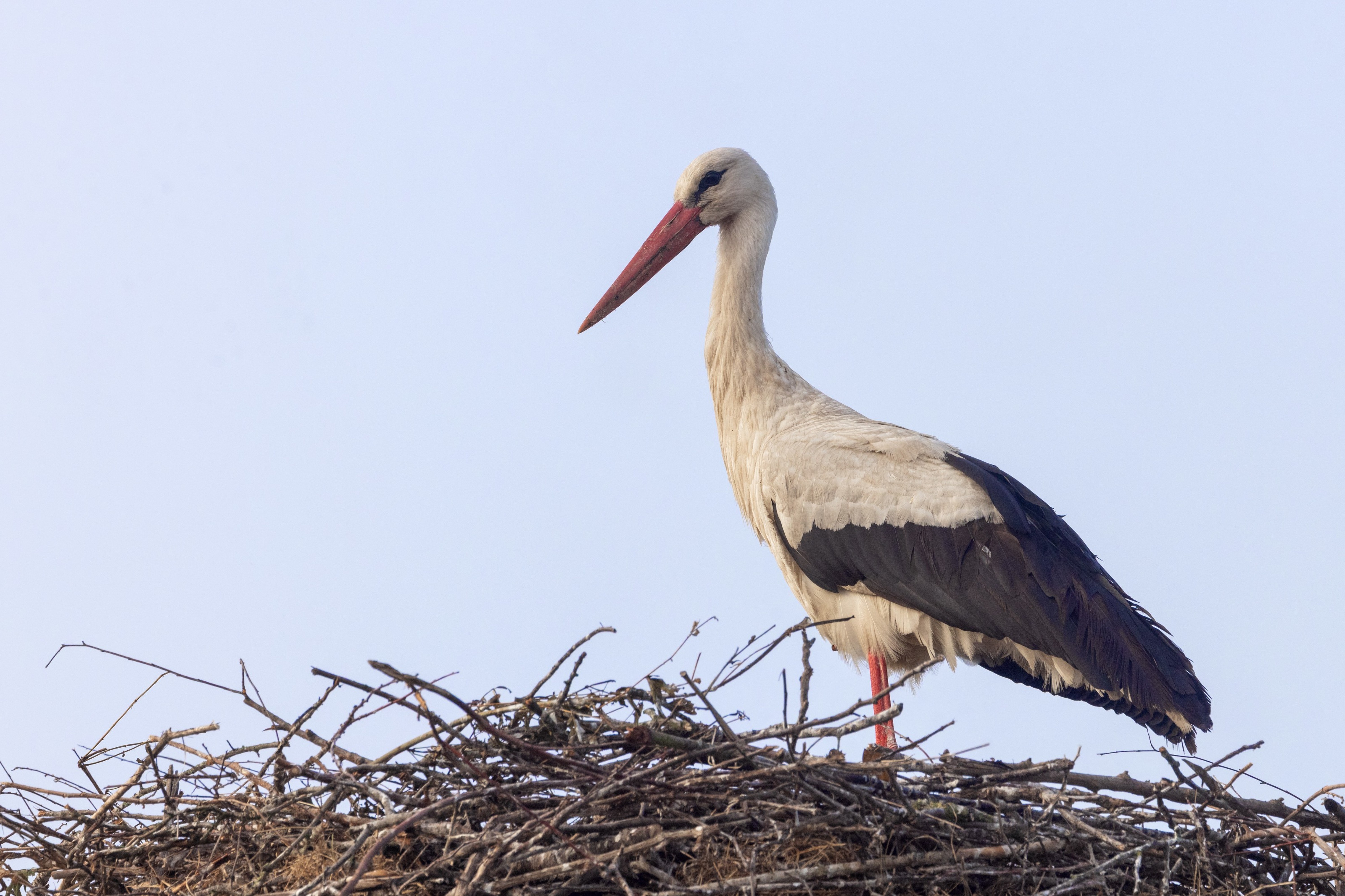
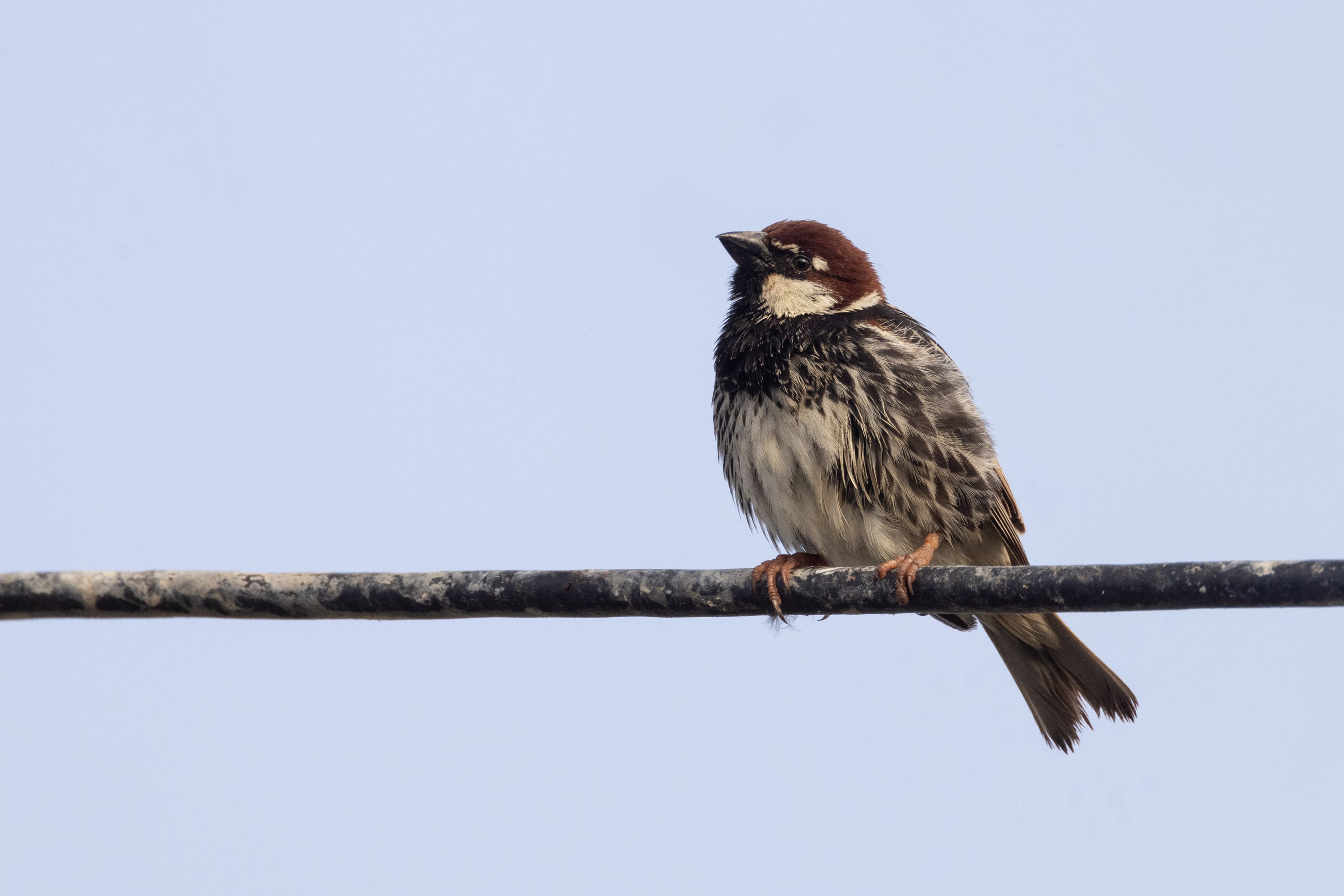
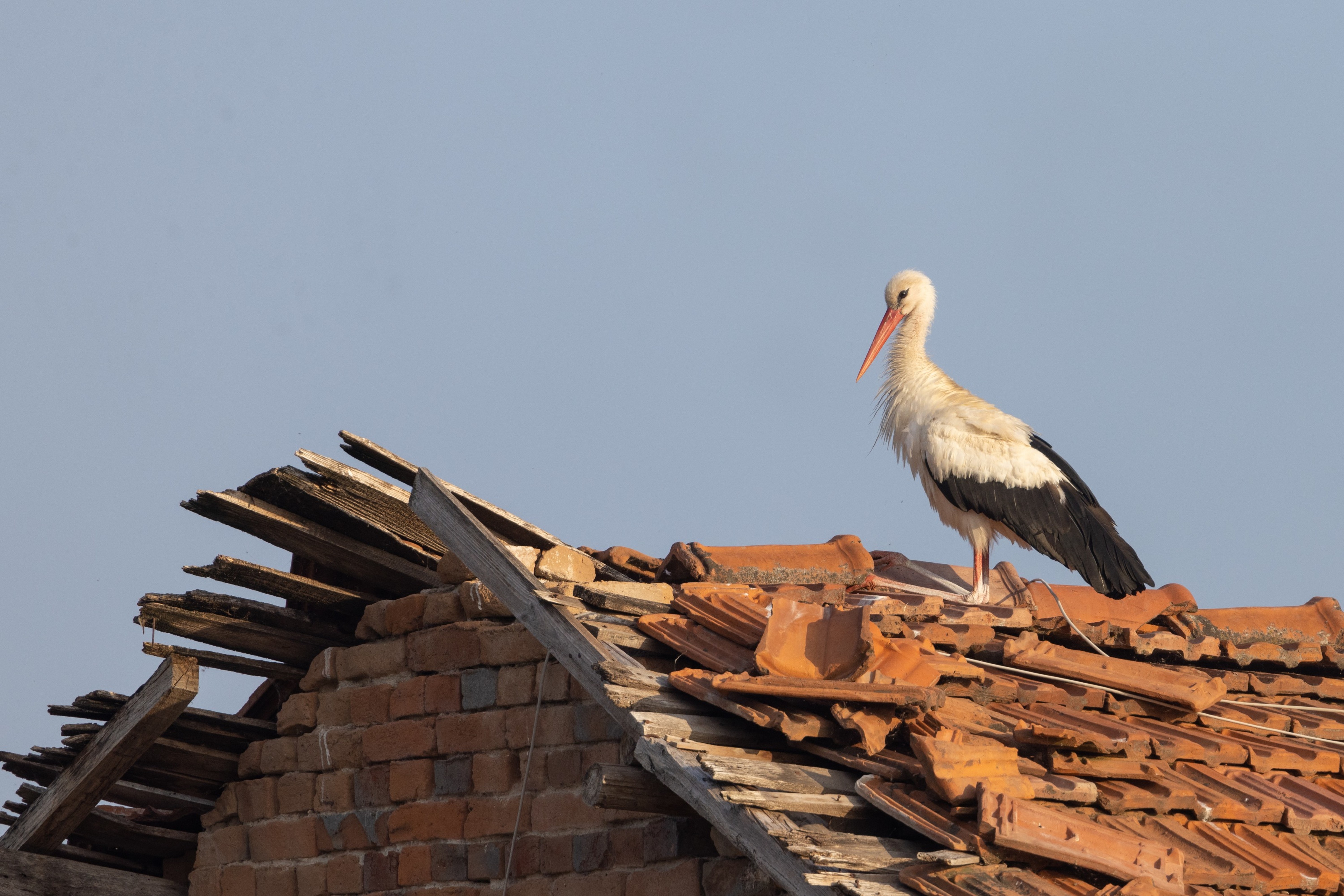
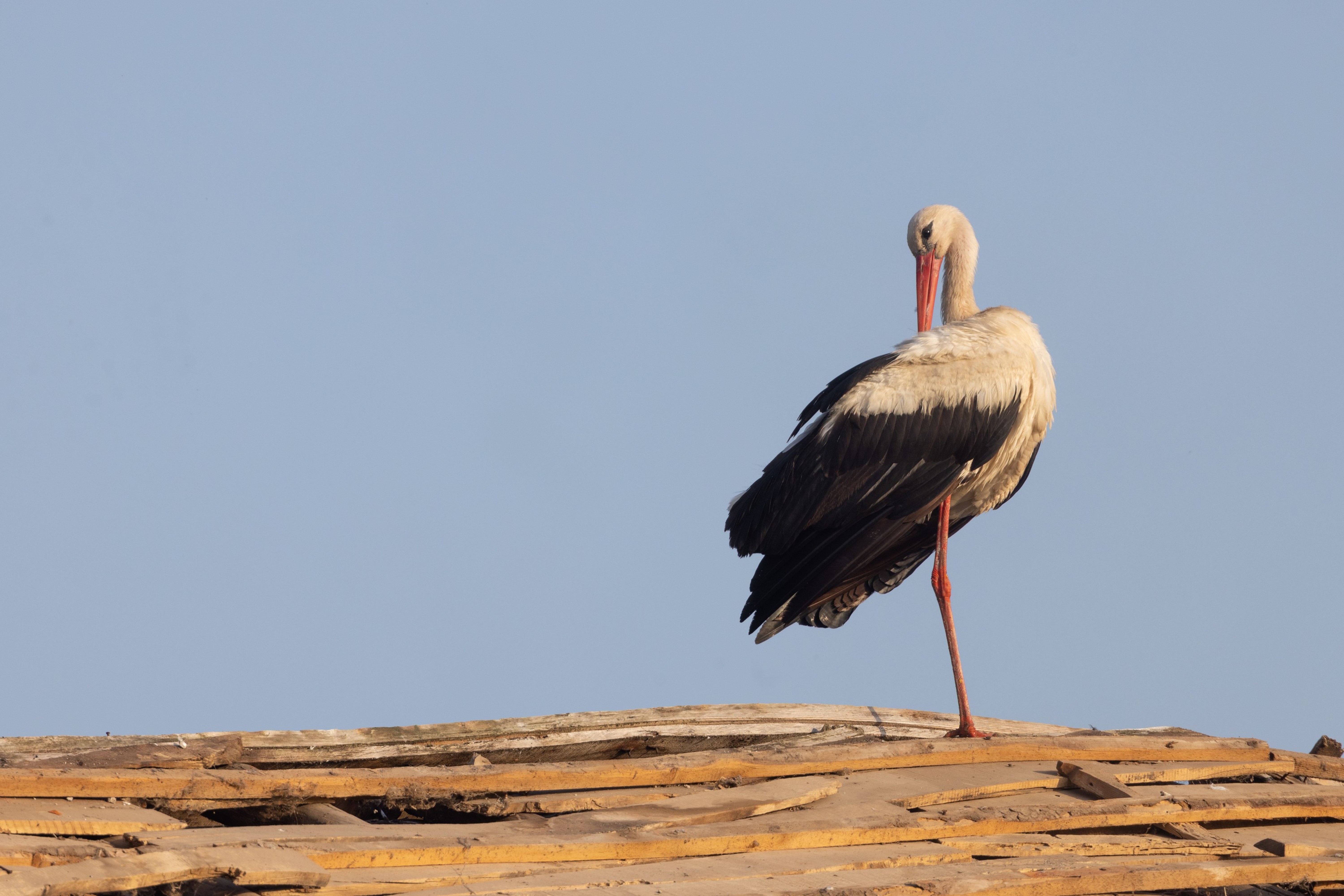
After crossing into Sakar a few hours later, the first site we visited was one we’d discovered as a good spot for Masked Shrike during a trip around 5 years ago. It hadn’t changed much since then, and we found a pair of Masked Shrike exactly where we were expecting. I had some great views, but photos proved trickier than I was anticipating. This was largely down to the fact that the area was on an east-facing slope of a hill, which in the morning meant one would either be looking upwards into the bushes at a non-ideal angle, or looking at a good angle but right into the sun. We made the decision to return in the evening when conditions would hopefully be better.

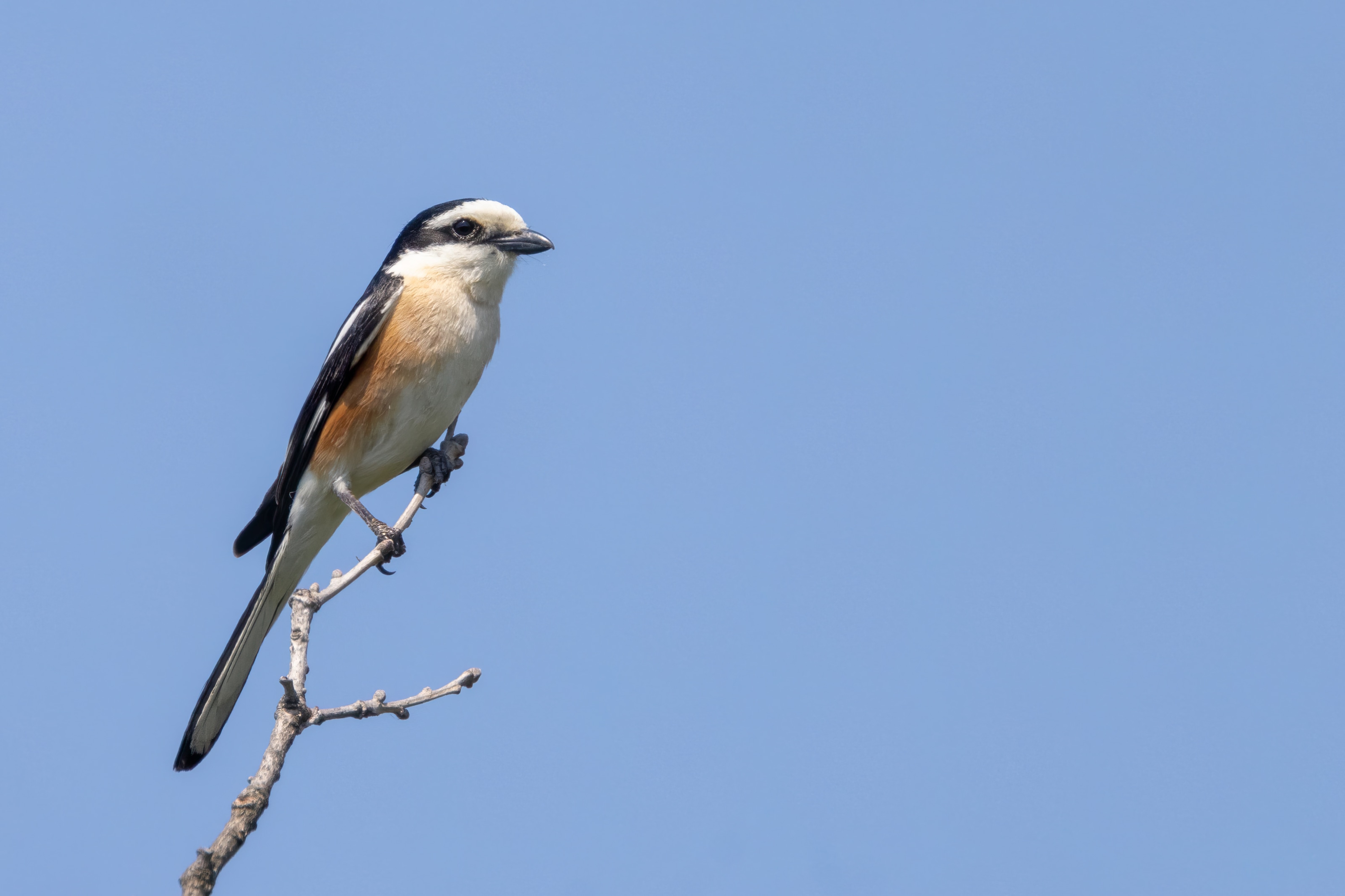
During the 3.5 hours we spent at the site, the most ubiquitous sound was the song of Olive-tree Warbler, with our minimum count of 10 probably short of the true total. We had a few brief glances every so often, but despite a lot of effort, I was only able to grab a record shot on one occasion. Still, this was the first time I’d ever got anything of this species.
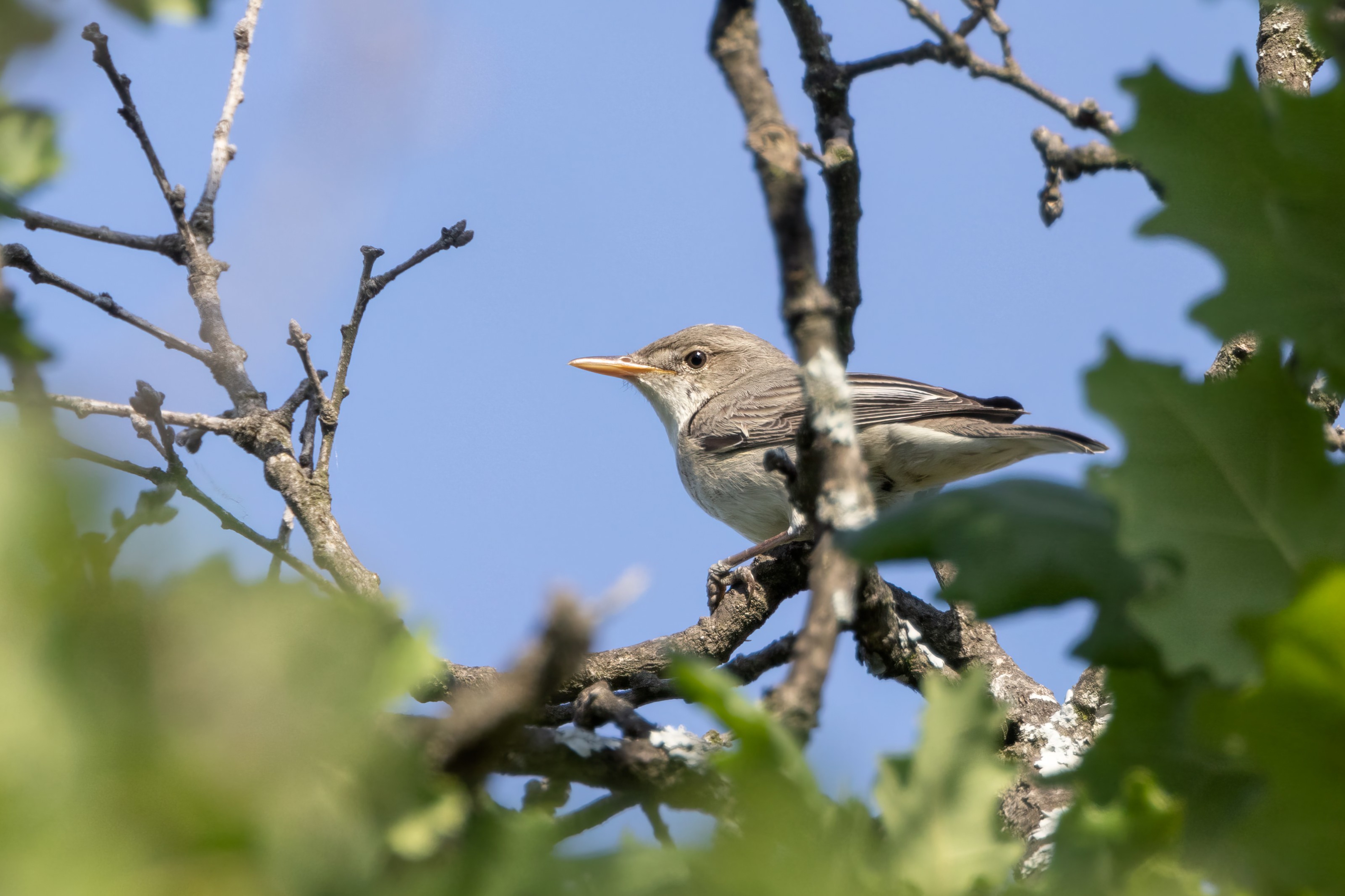
Unlike our previous visit to this site, we had a bit more time this year, so we decided to climb higher and get to the top of the hill. It was more open up here, and there was a nice range of birds. One of the highlights was hearing a singing Ortolan Bunting on the tops of one of the taller trees nearby. A short while later we’d tracked it down and enjoyed some excellent views as it sang its heart out. There were also a few Woodlark, and I was also able to take a few more Woodchat Shrike photos.
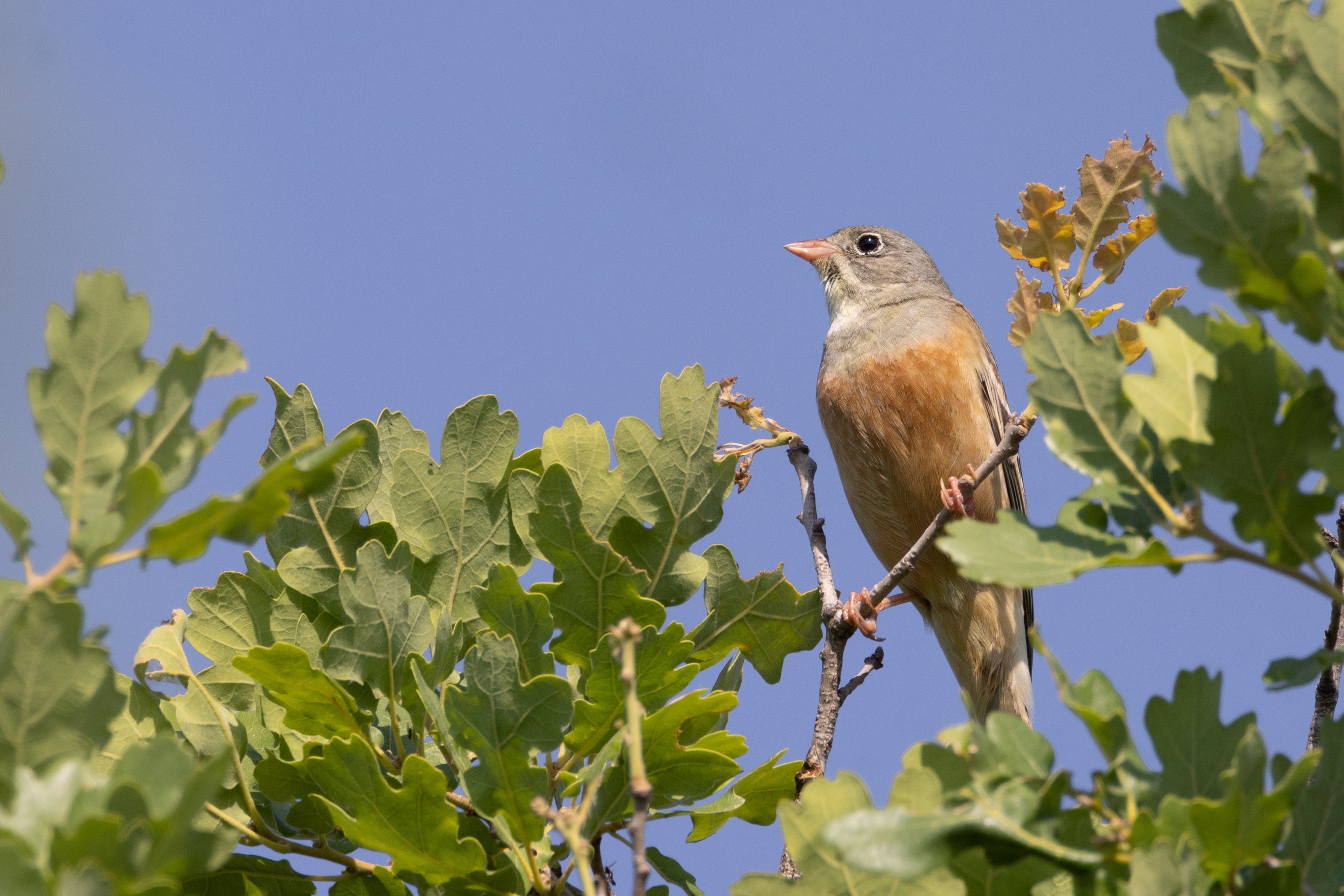
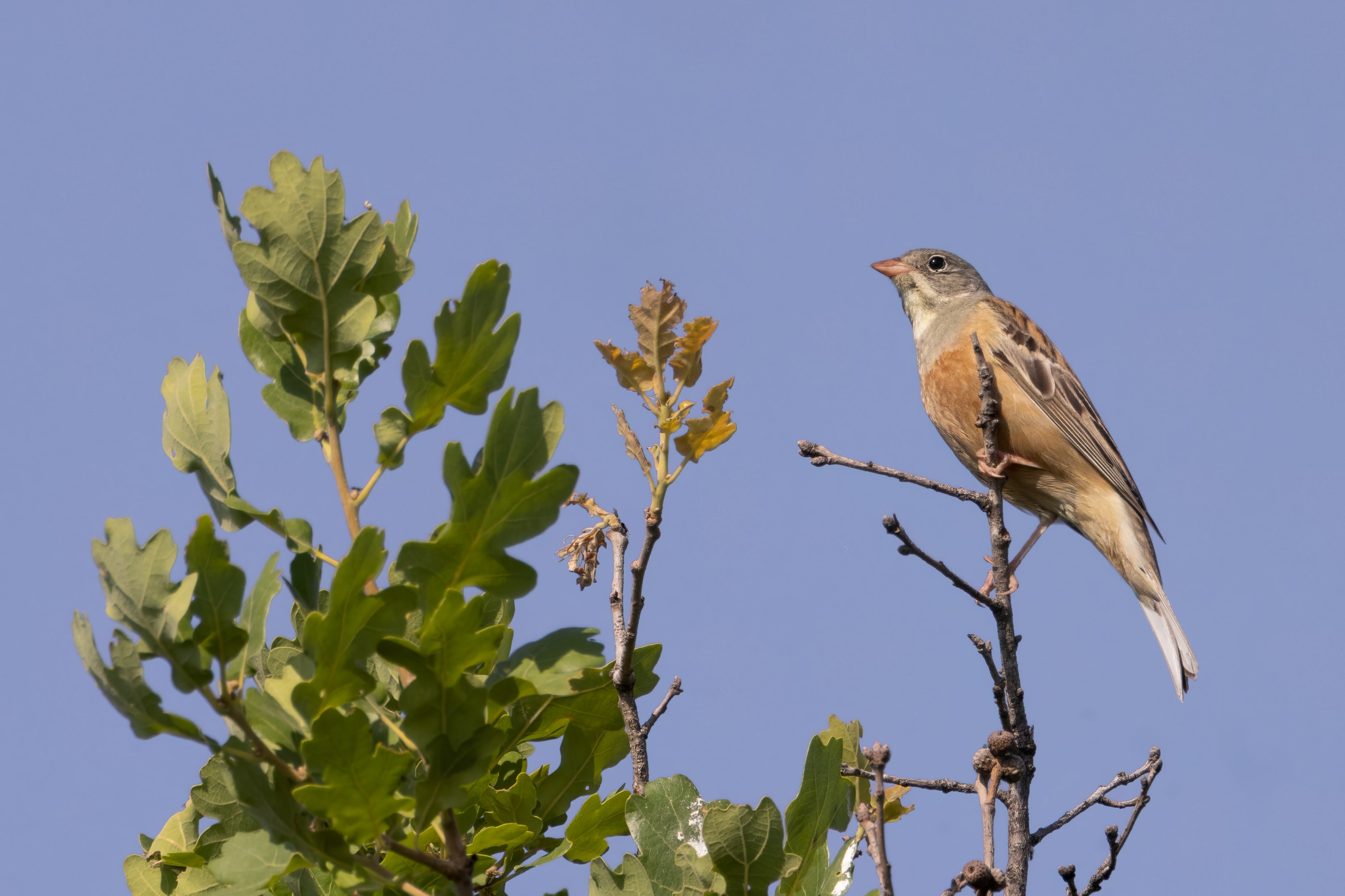
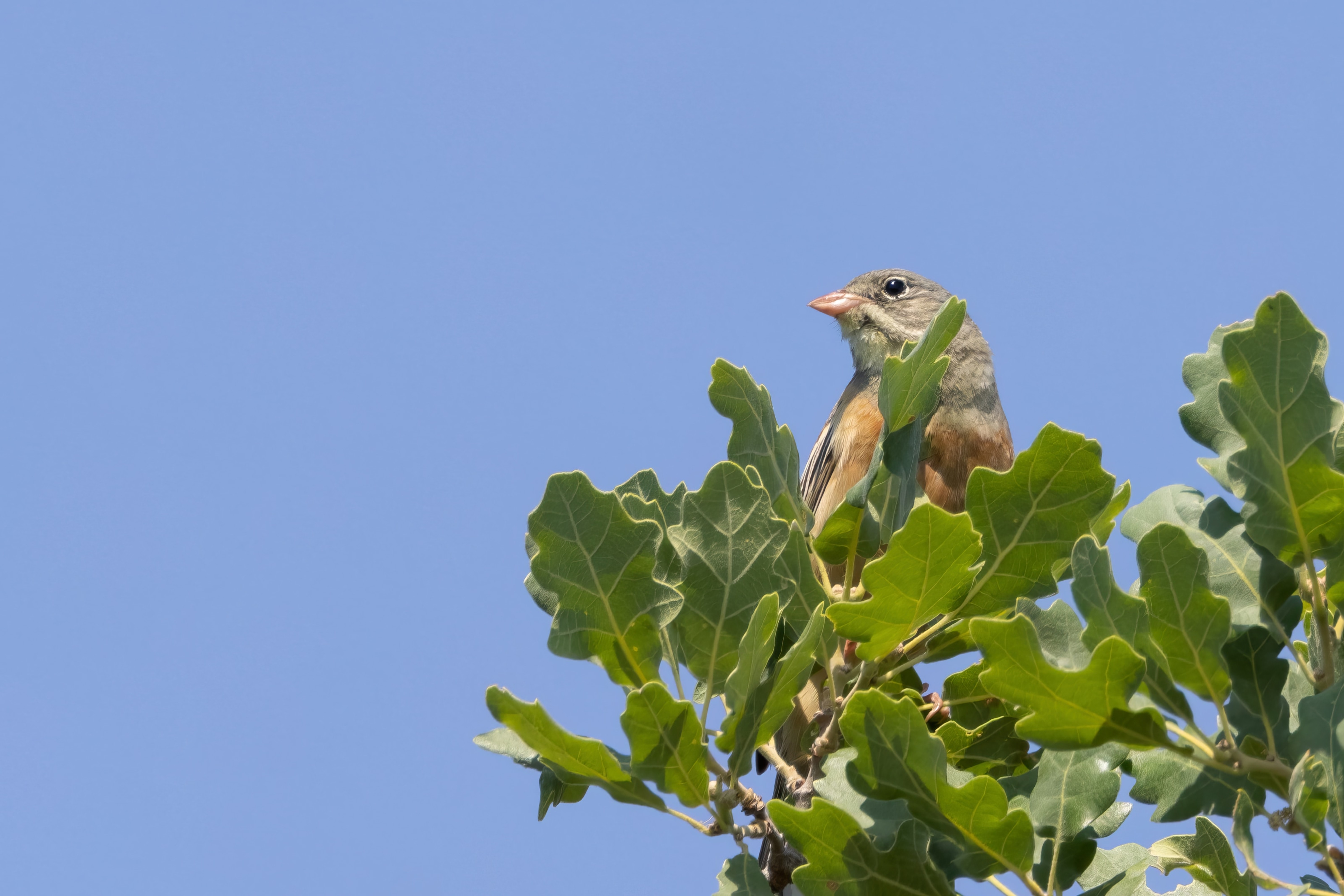
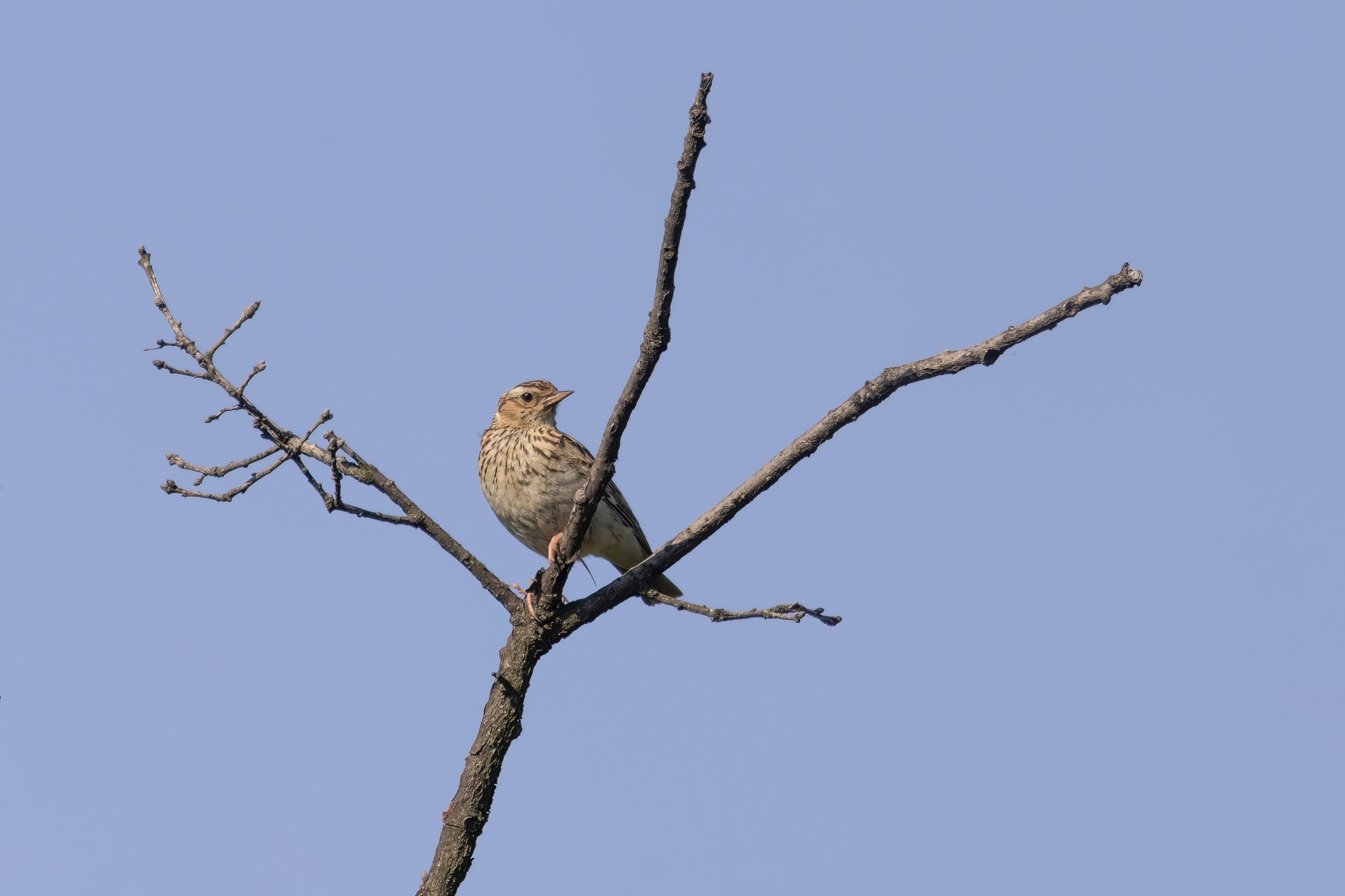

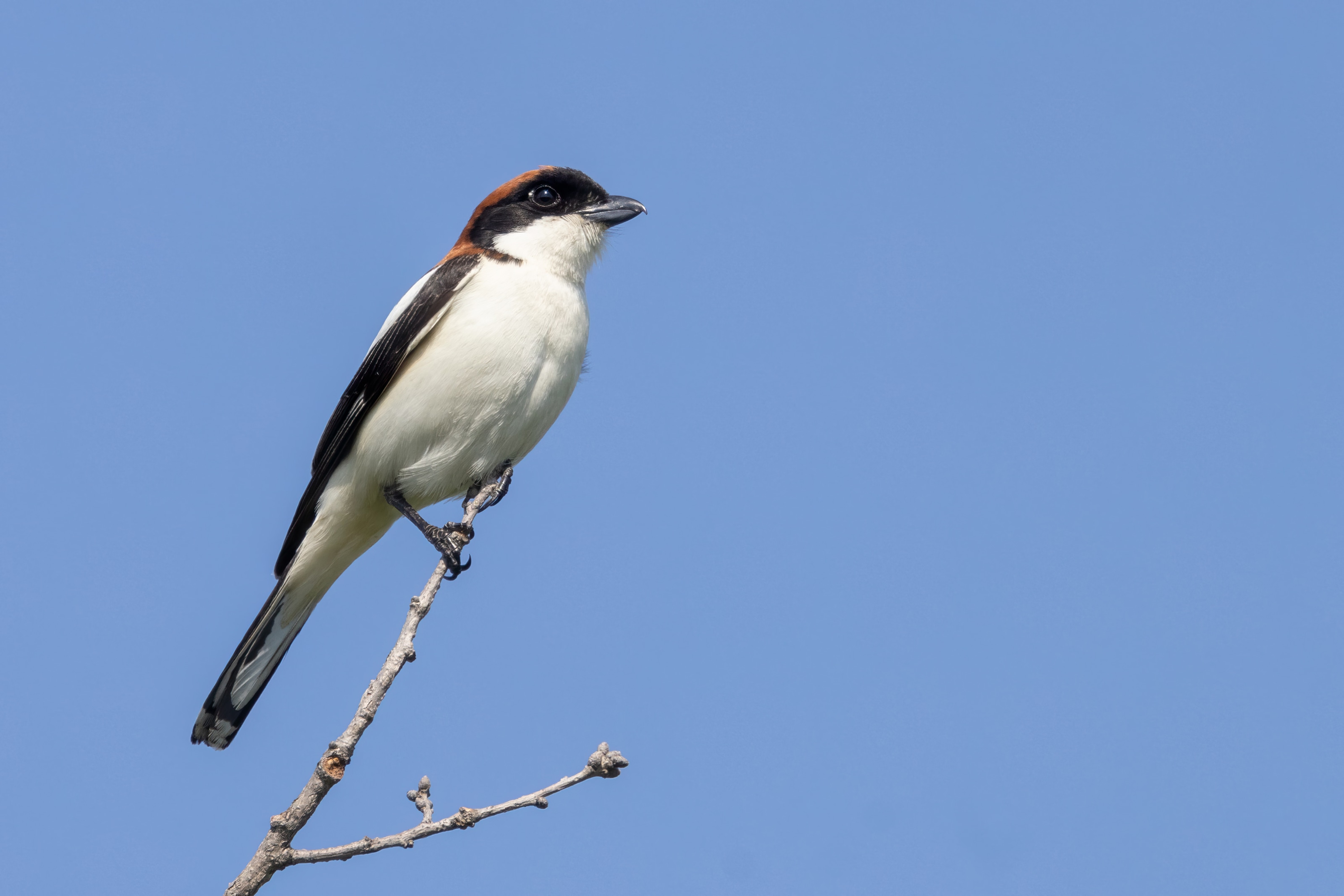
Despite being focused on birds at this site, we did stumble across a small variety of reptiles, including one each of both tortoise species: Spur-thighed Tortoise and Hermann’s Tortoise. We also found 3 Balkan Wall Lizard, and were especially pleased to see 2 Balkan Green Lizard. I had never previously managed to photo an adult properly before, only the stripy juveniles. Amongst the small range of insects we recorded were 5+ Great Banded Grayling, a new one for the trip, lots of Sloe Hairstreak, Black-veined Whites, an Orbed Red-underwing Skipper, a Blue Emperor, Black-tailed Skimmer, 3 of the bug Mustha spinosula, and at least five each of Bulgaria’s two Owlfly species: Libelloides macaronius and Libelloides lacteus. We also saw 2 European Hare.

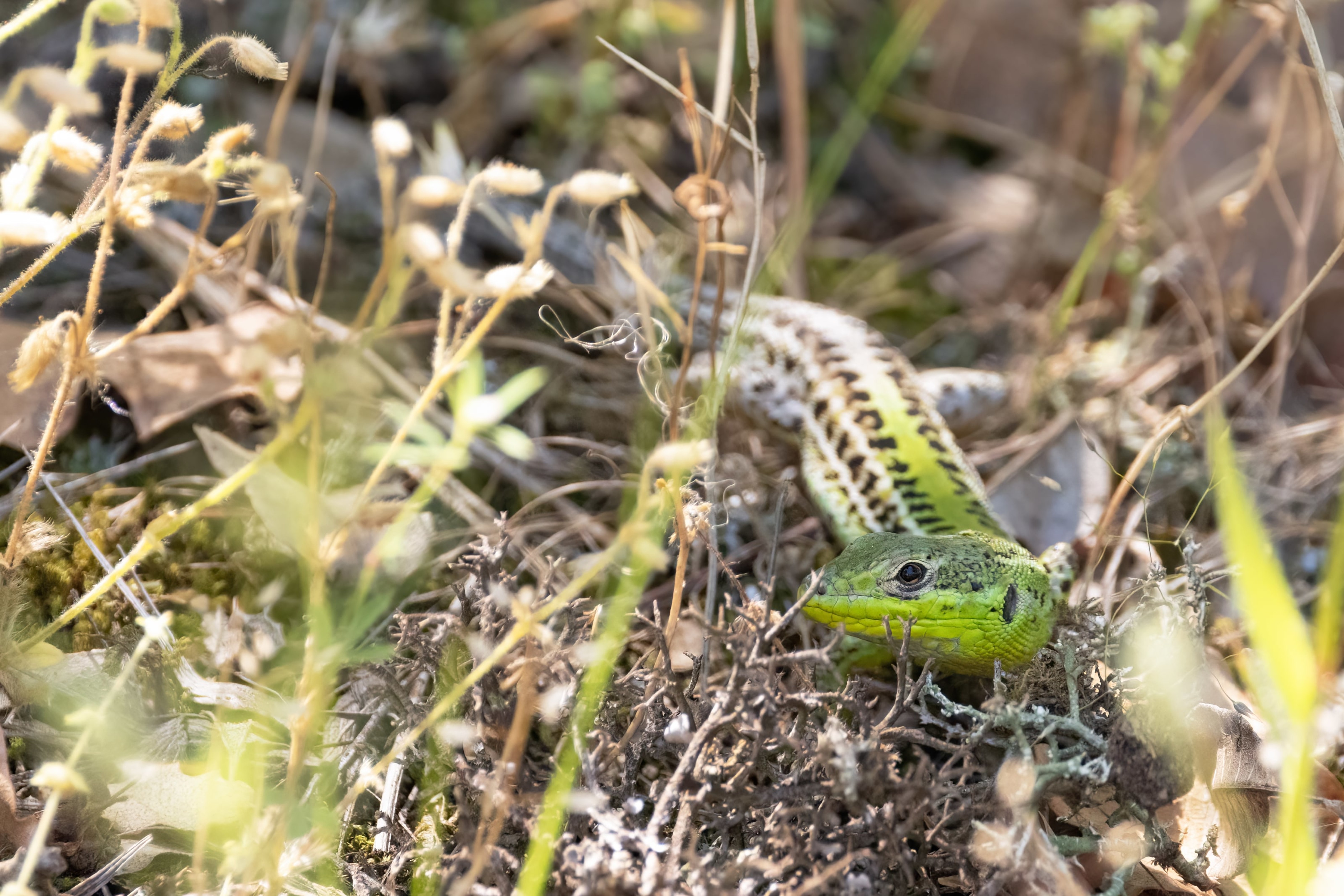
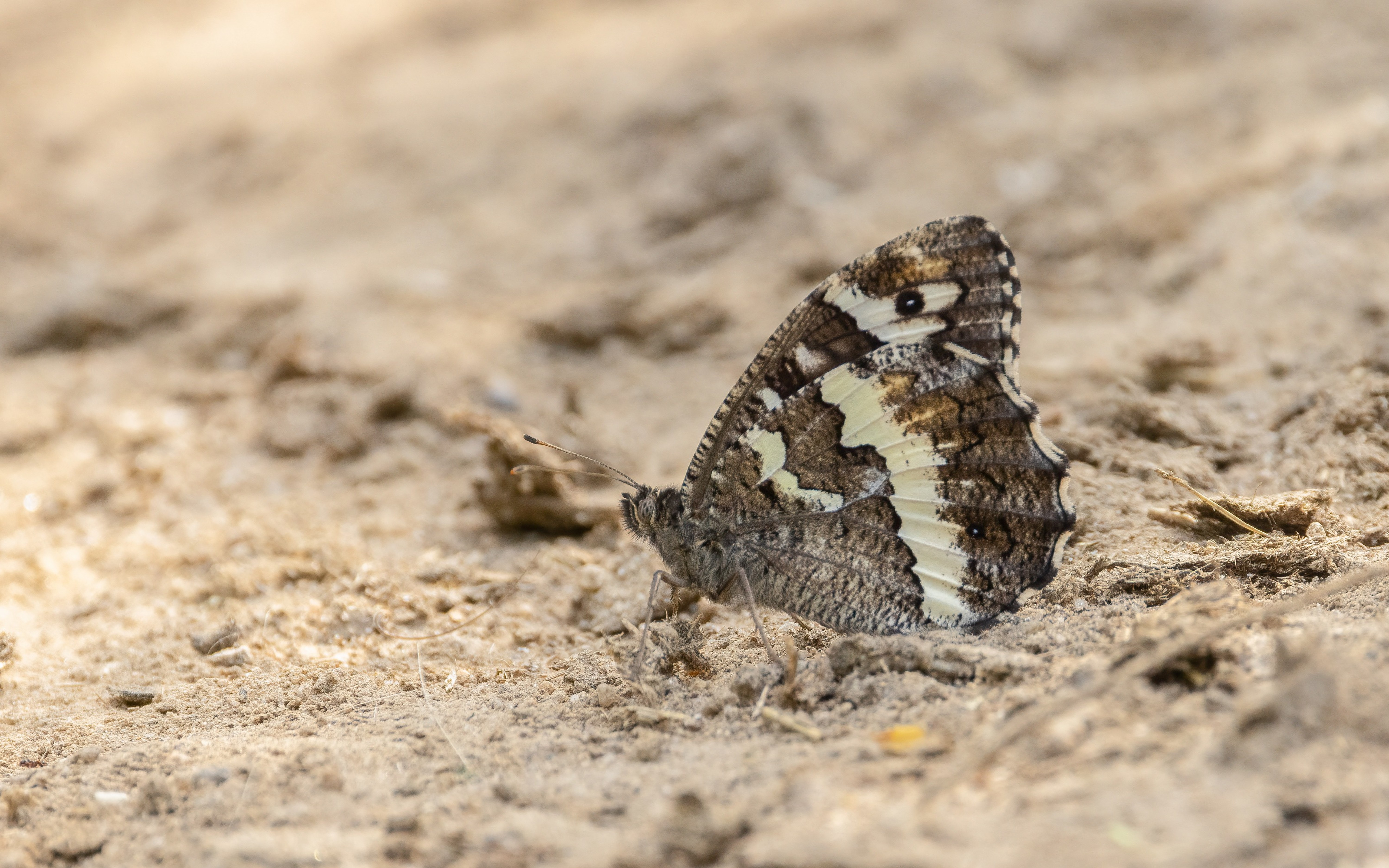
About 30 minutes further along the road we stopped at a site where Russian Heath has been recorded in the past. We weren’t particularly optimistic and despite lots of Small Heath we were unable to find any of its scarcer relative. There was a decent range of other butterflies to be seen, including a Green-underside Blue, Purple-shot Copper, Oriental Marbled Skipper, and a good variety of fritillaries: Knapweed Fritillary, Glanville Fritillary, Queen of Spain Fritillary, and a huge number of both Niobe Fritillary and Cardinal - by far the largest population we'd seen of either of these species. As we drove along certain stretches of road in the region, it was striking just how many Cardinal were on the wing. There were many flying around and landing on the road itself.
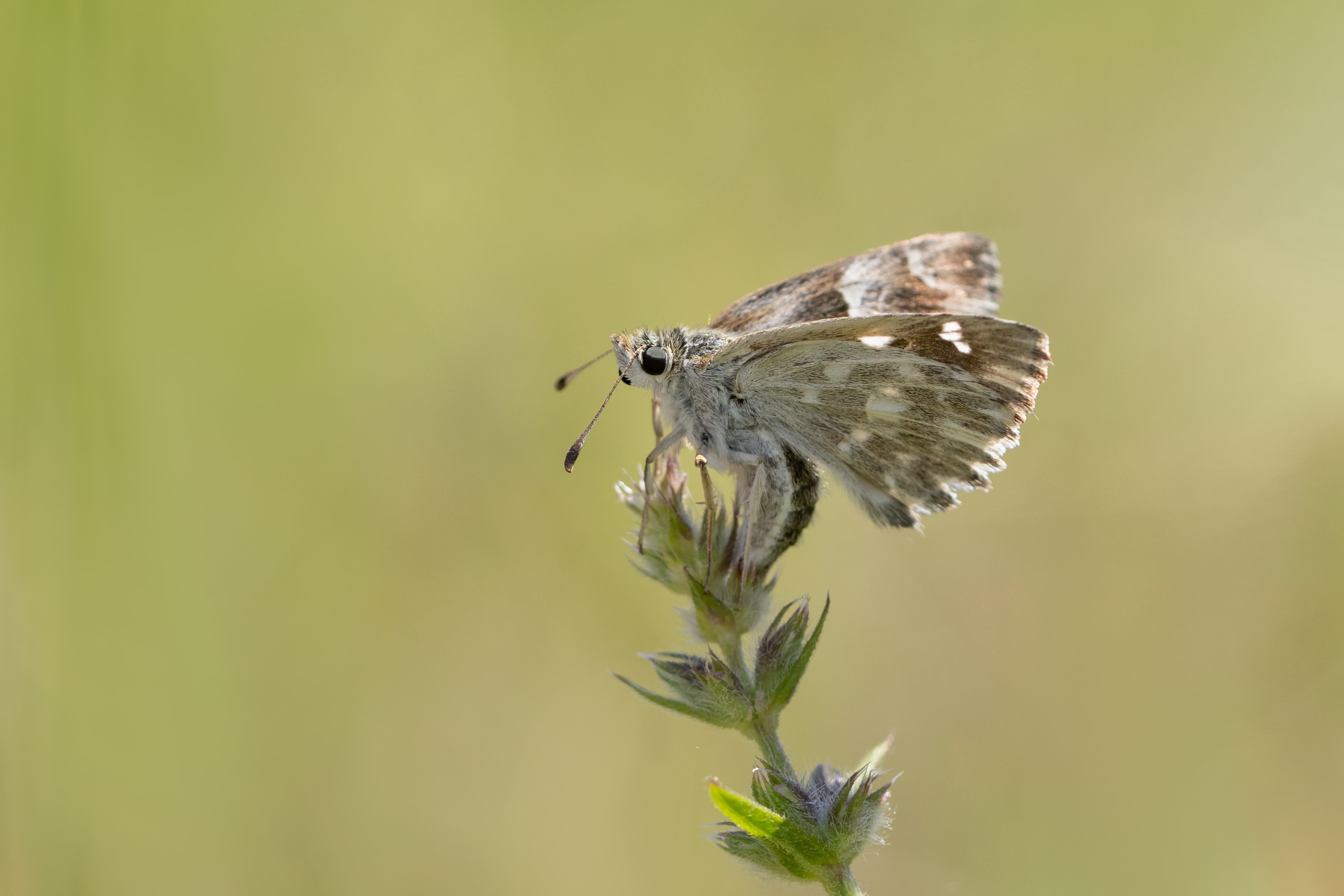
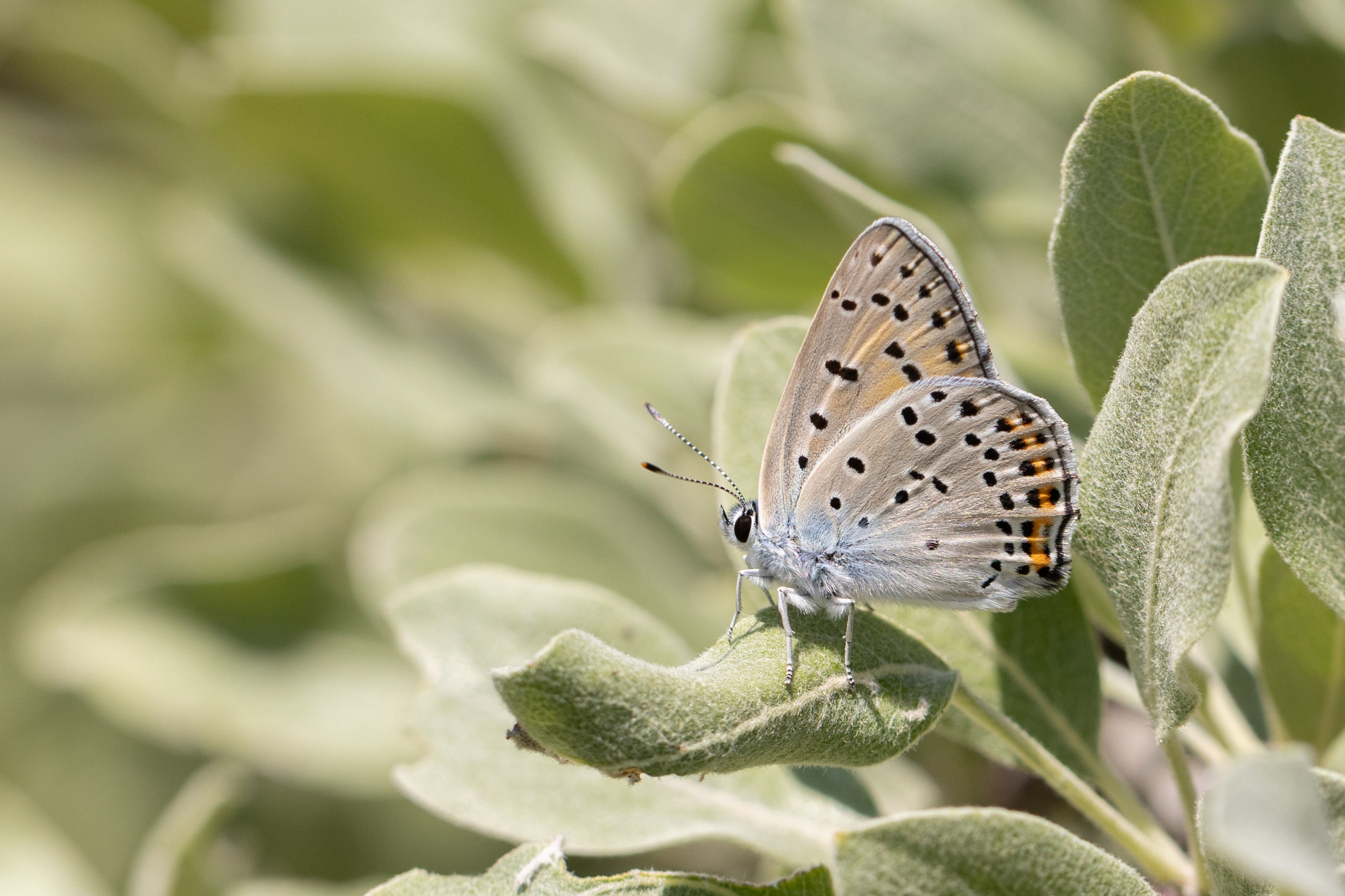
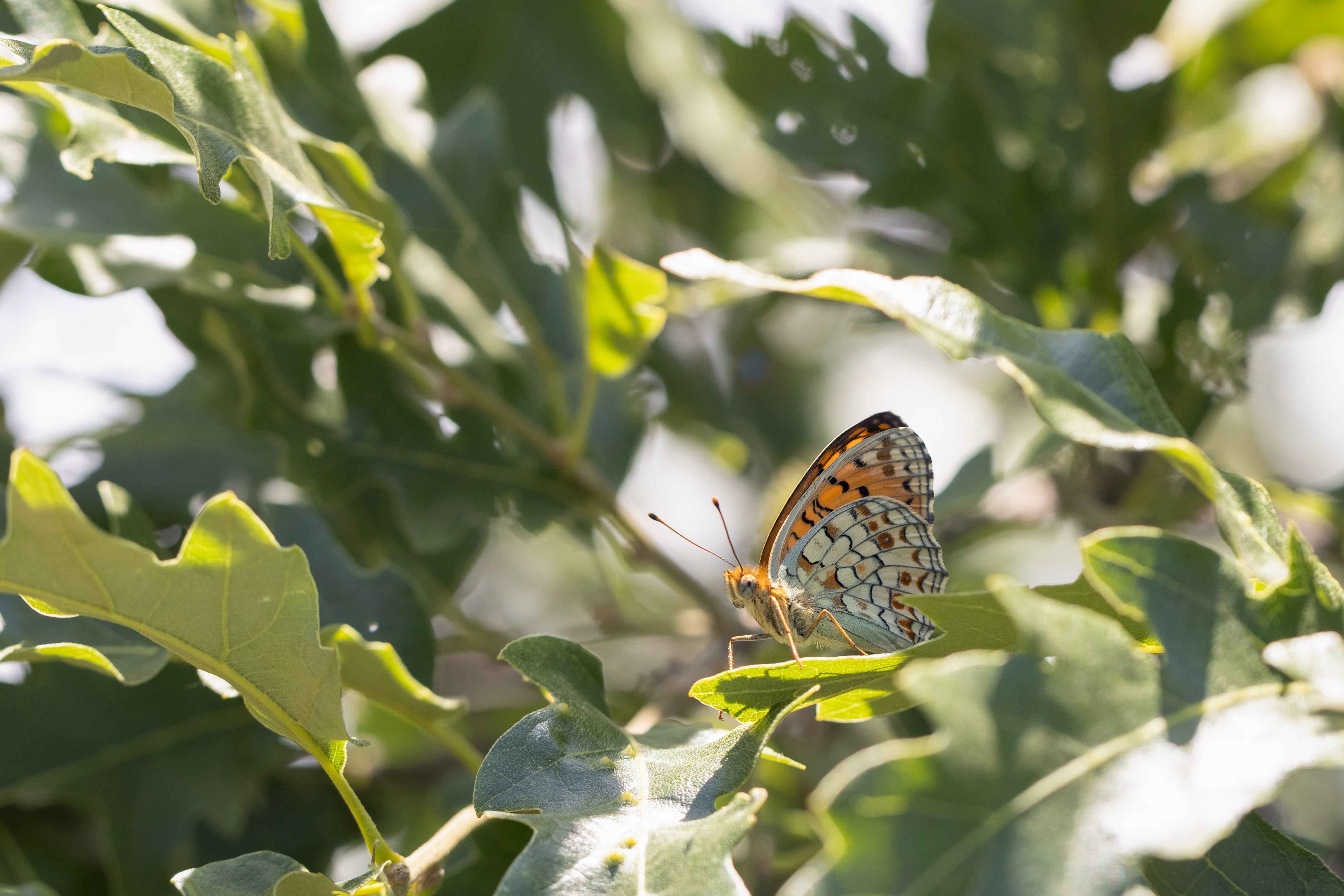
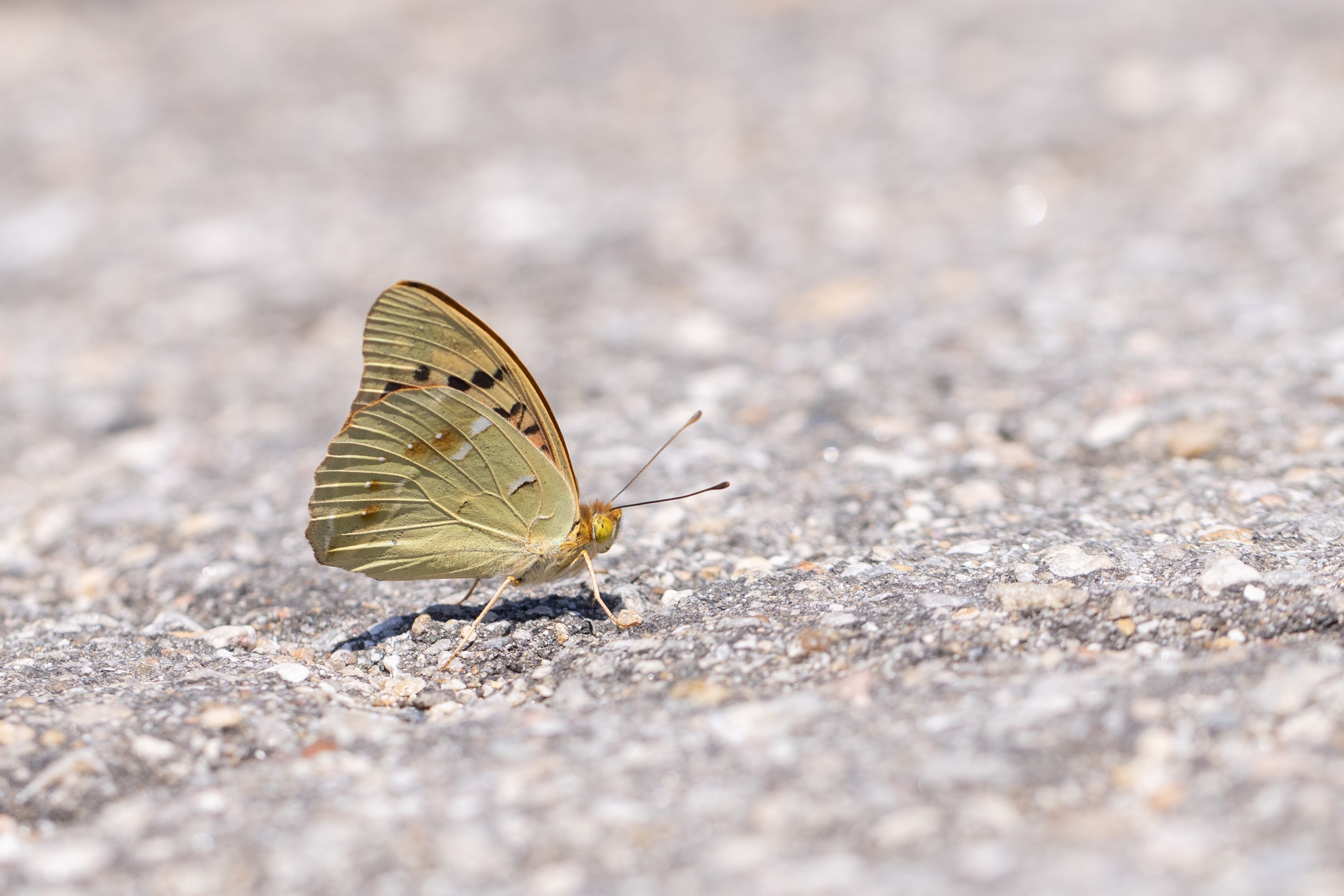
We also recorded a range of moths, including Transparent Burnet (Zygaena puralis) and a new micro for us: the Pyralid Pempelia albariella. There were lots of the yellow & black owlfly Libelloides macaronius, a Blue Emperor, 2 Hermann’s Tortoise, 3 Balkan Wall Lizard, and perhaps the highlight from this location: Bradyporus dasypus (Bronze Glandular Bush-Cricket), an impressive-looking Orthopteran which is often sought-after by naturalists visiting Bulgaria.

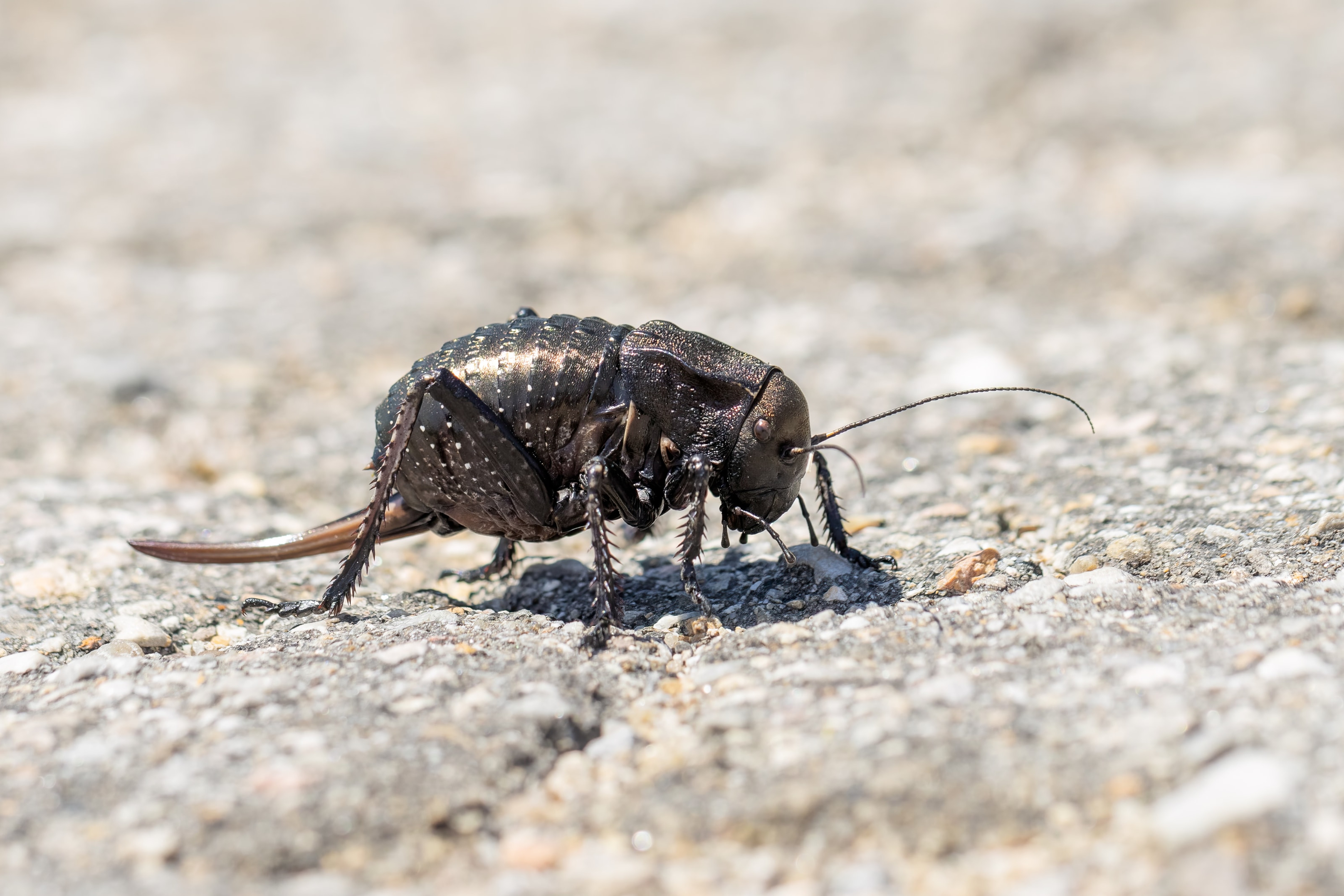

We also saw two new birds for the trip, including one which would surprisingly turn out to be the only one seen for the entire duration of our time in Bulgaria: a European Stonechat. The other was a Long-legged Buzzard low overhead, but I wasn’t quick enough in switching from the macro lens to the longer lens to get any photos.
Our next site was at the village of Levka, where a colony of Lesser Kestrel breeds on one of the buildings. They were introduced here around 10 years ago (from a Spanish population) after a 50 year absence in Bulgaria, and so remain an extremely rare bird in the country. We knew the exact spot to see them, so after arriving at 13:50 we walked for a few minutes up a track that climbs above the buildings they nest on, and soon had our first sighting. For the next 1.5 hours we enjoyed some good flybys of 4 Lesser Kestrel, and I was able to take my best shots to date of both male and female birds. A distant Long-legged Buzzard also appeared in the sky during this time, and there were several Crested Larks and singing Eastern Olivaceous Warblers nearby.
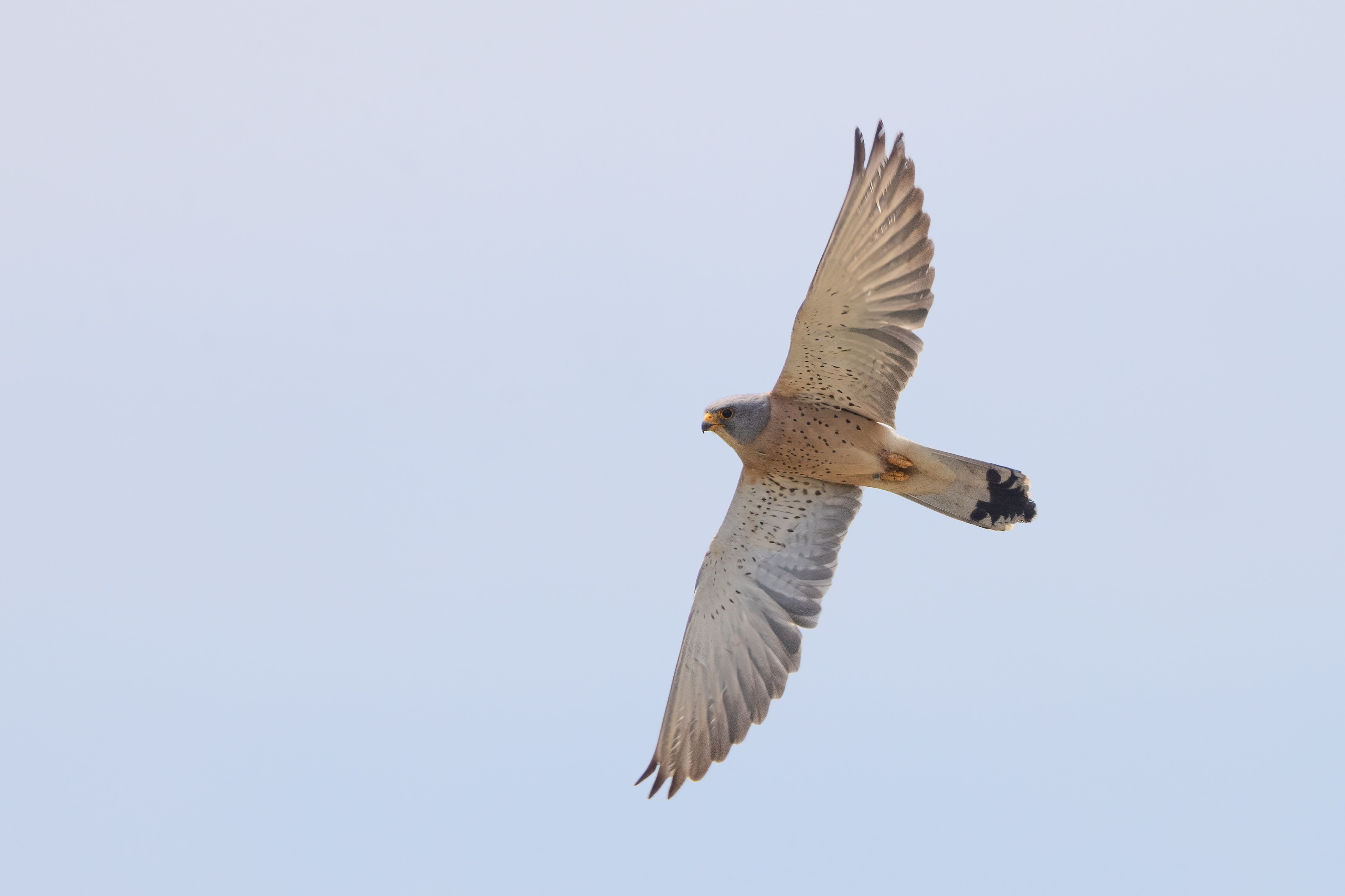
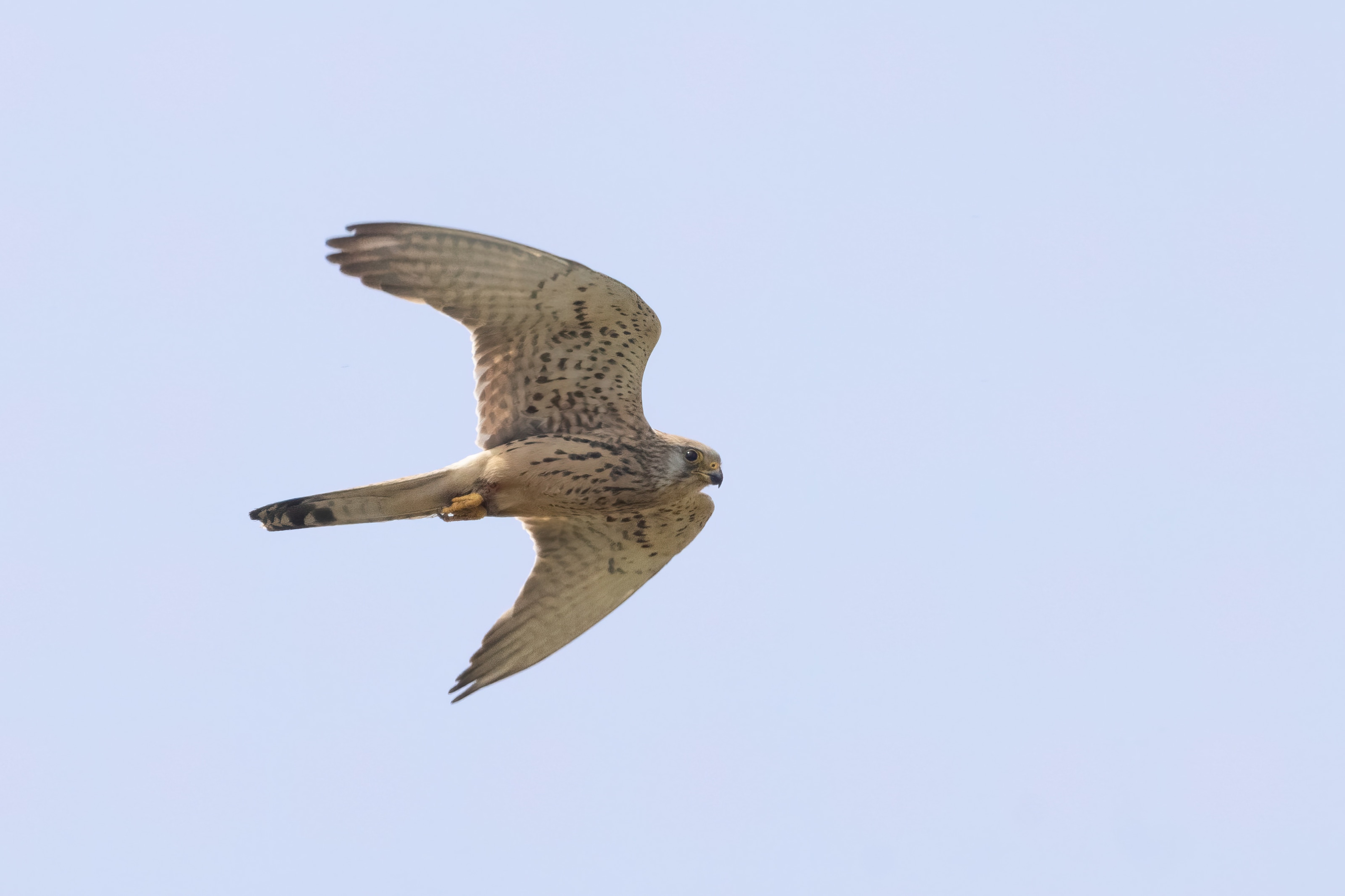

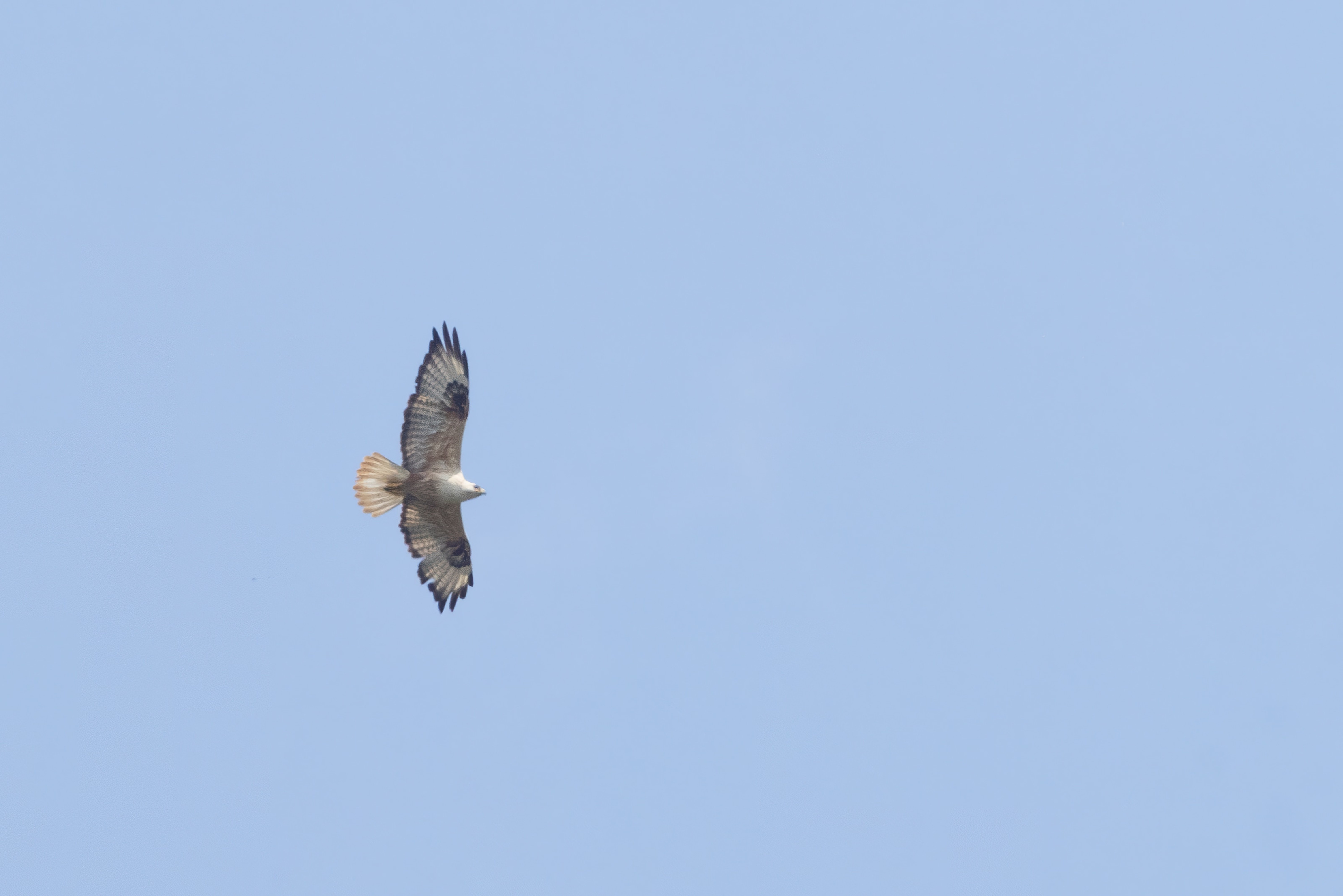
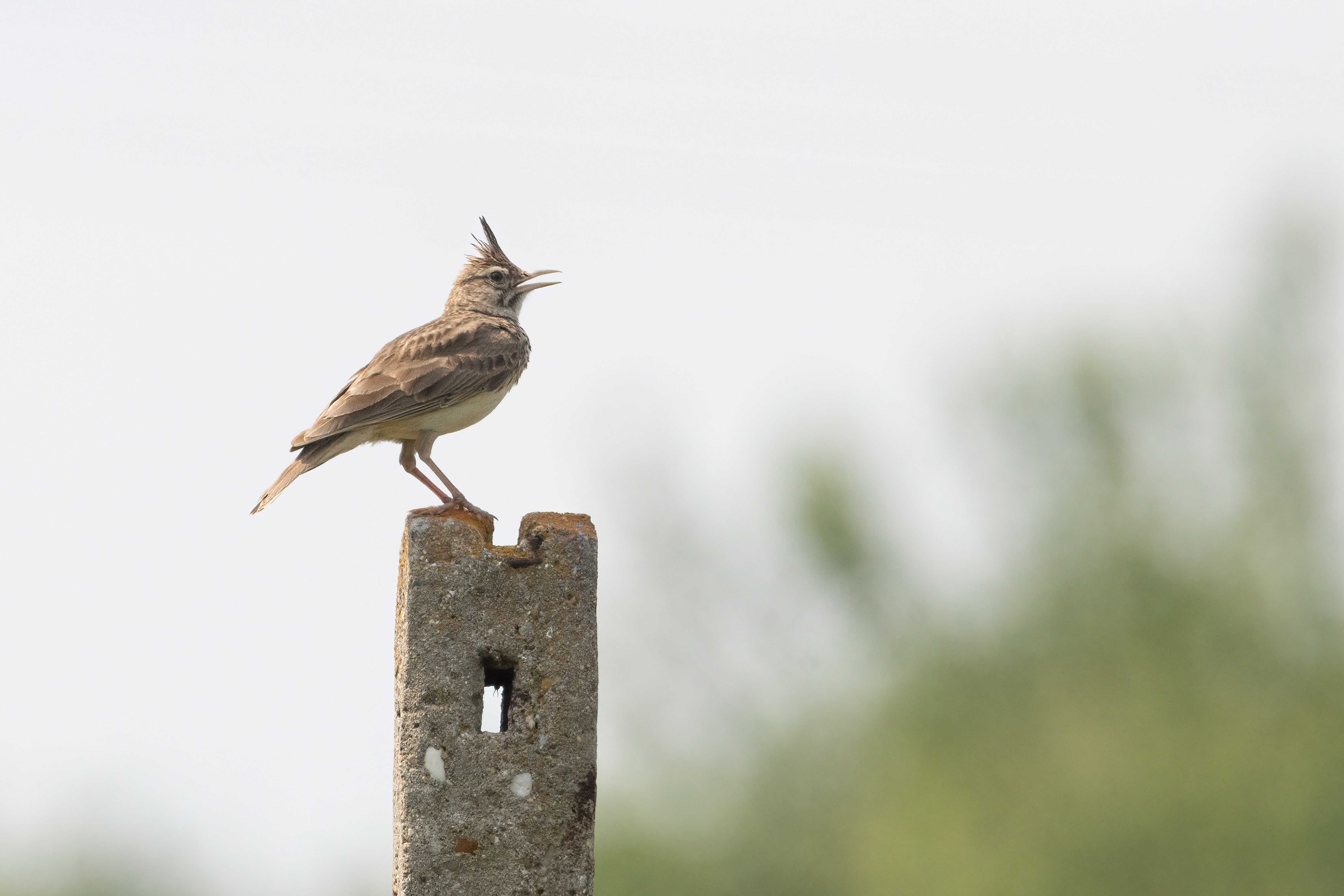
We stayed in the general area of Levka for a little longer, driving around some of the roads and stopping occasionally to scan for raptors. The main reason for this was to try and find Eastern Imperial Eagle, as this would likely be our last chance to see one this trip. Unfortunately we were unsuccessful, and by the time we gave up at 4:00pm, had only seen a handful of Common Buzzard.
As we still had a bit of energy left, we stuck with our plan of returning to the Masked Shrike site from the start of the day - a 35 minute drive back in the direction we’d come. We remained at the site until 6:55pm, during which time I focused almost entirely on the shrikes. I decided the best tactic was to sit amongst some bushes near to one of the trees we’d seen a male shrike perch on frequently earlier in the day. I must have waited there for at least 1.5 hours, and while no Masked Shrike perched in the target tree, I got some reward with a brief visit to a slightly more distant one. As hoped, the light was far nicer now.
In addition to the birds we’d seen here earlier, we also recorded Short-toed Eagle, Hawfinch and a female of one of the pied flycatchers. I didn't get a good enough photo to tell which. I also photographed the Pyralid moth Synaphe moldavica, the owfly Libelloides macaronius, and a yet to be determined beetle.
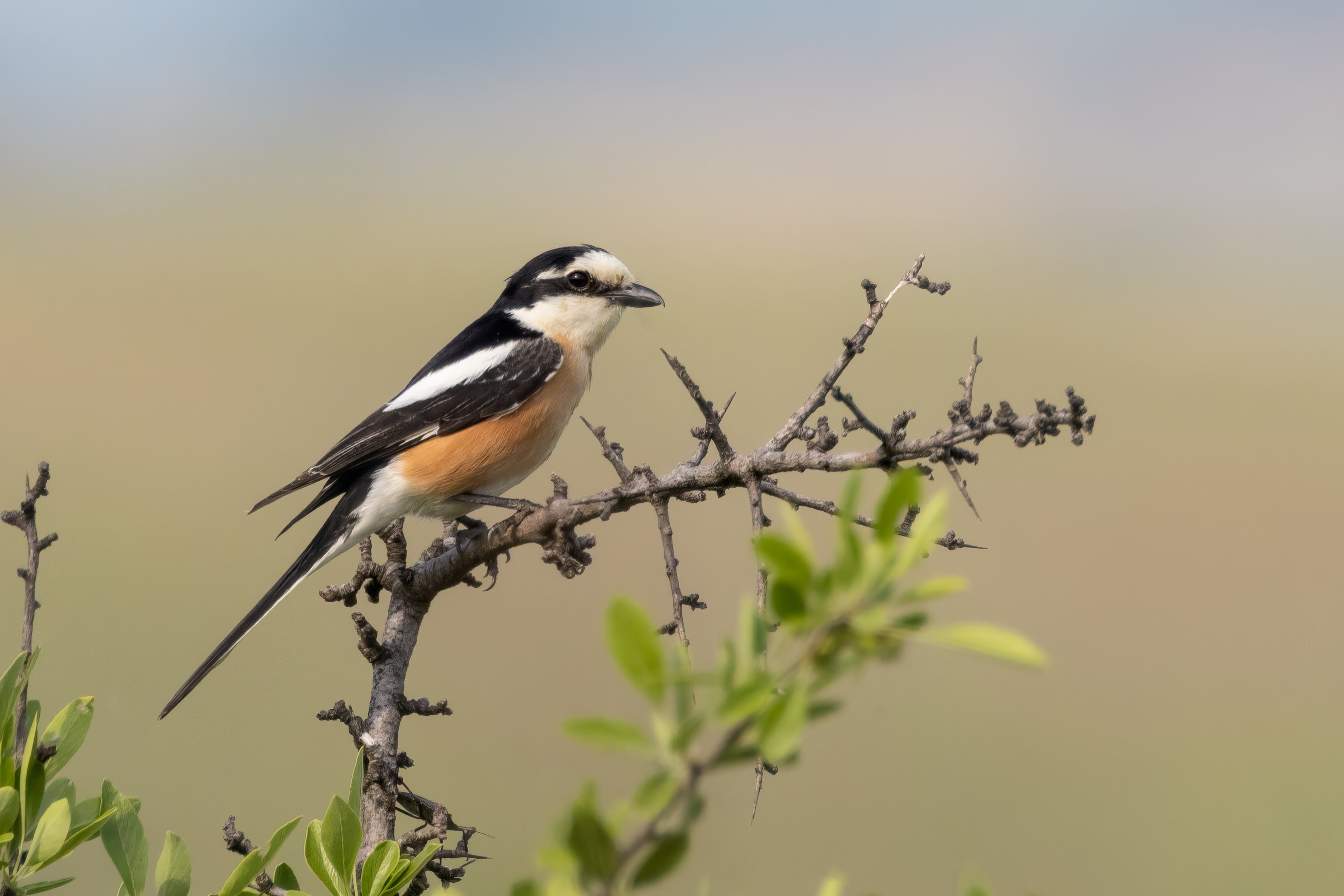


Given that we would be driving past it again, we agreed to stop once more at the Russian Heath site. It was late evening now so the chance of finding a roosting Russian Heath were minuscule, but I was happy just to search for 15 minutes for any roosting insects. I was rewarded with a few decent finds, which I was able to photograph in some nice light.
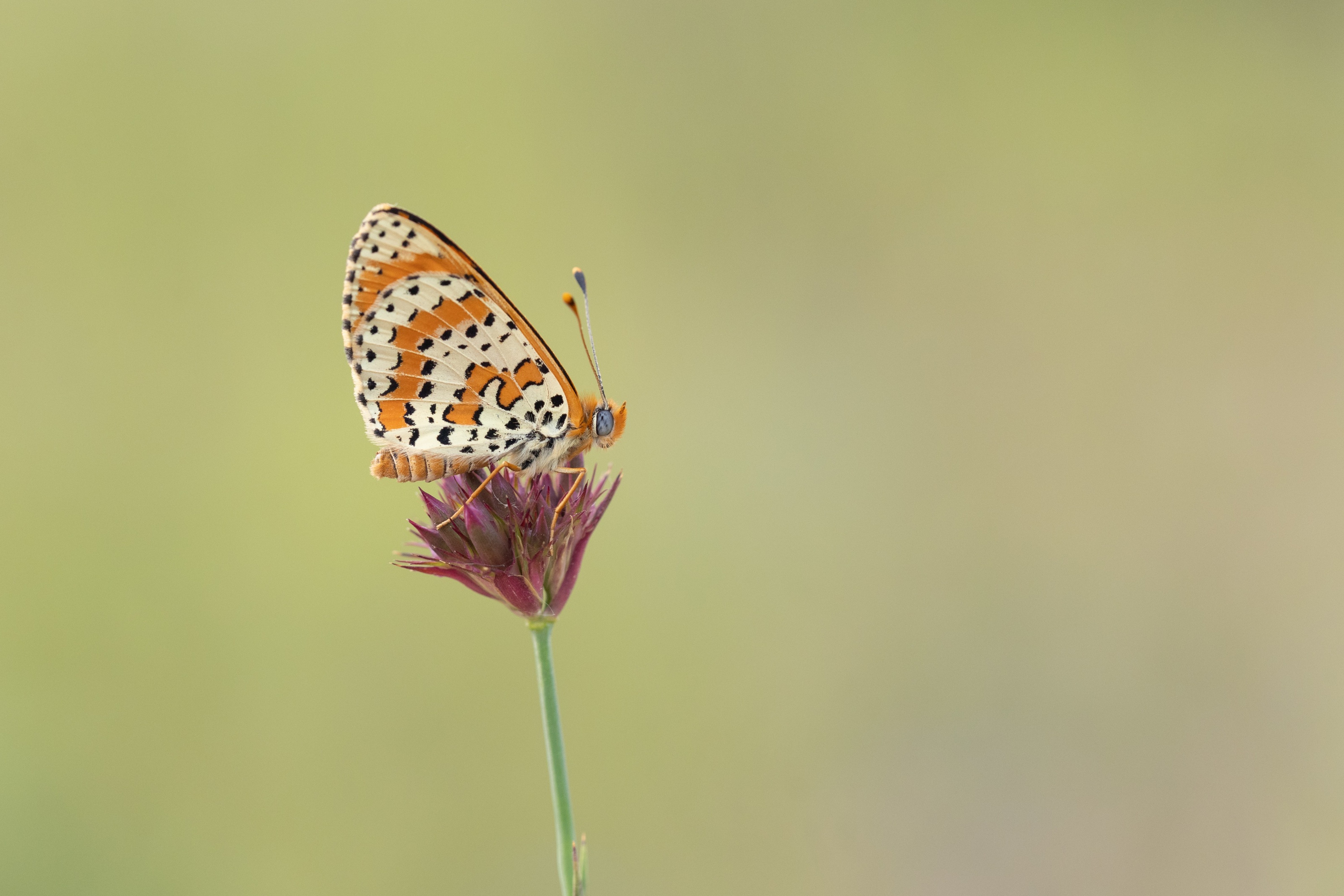
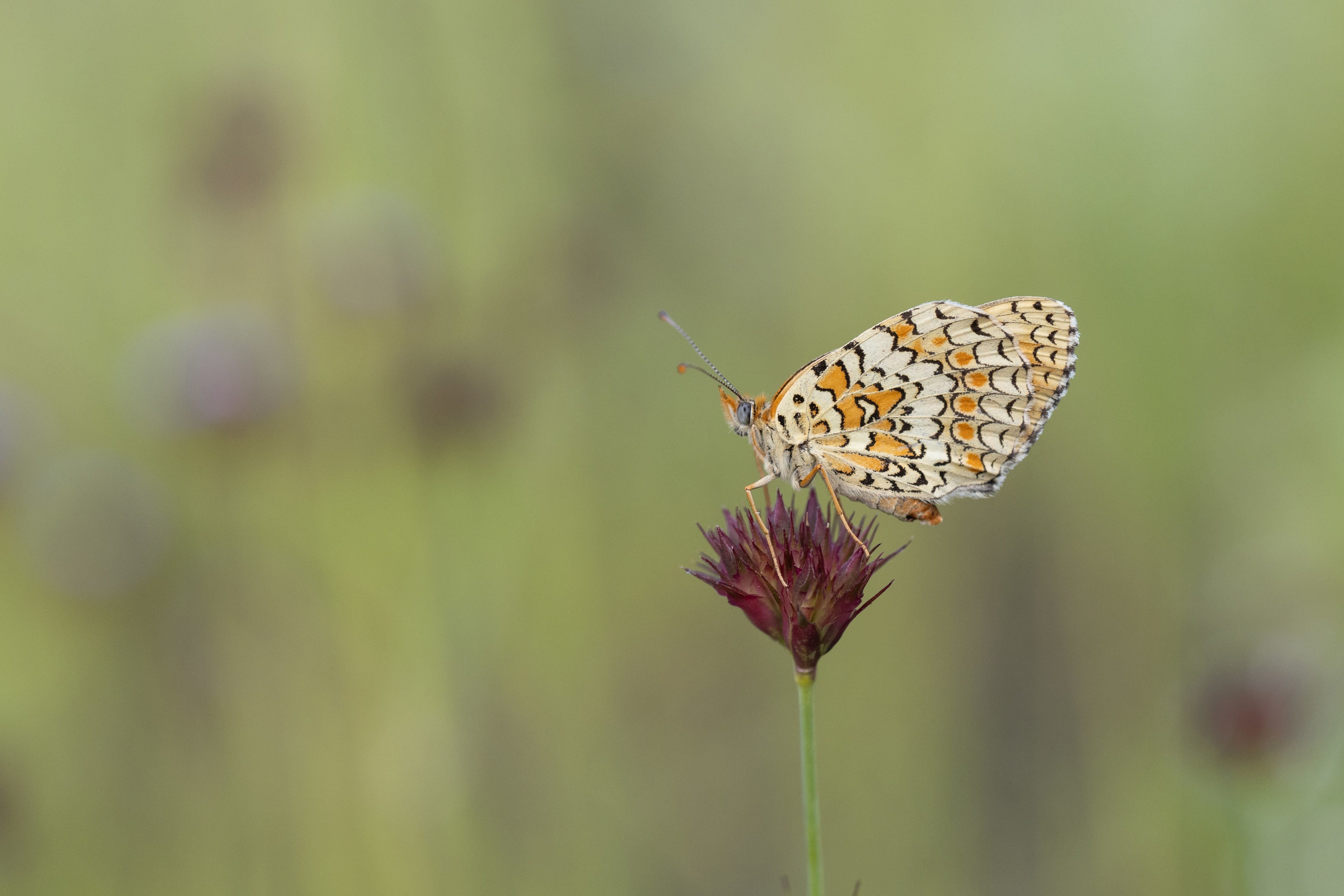
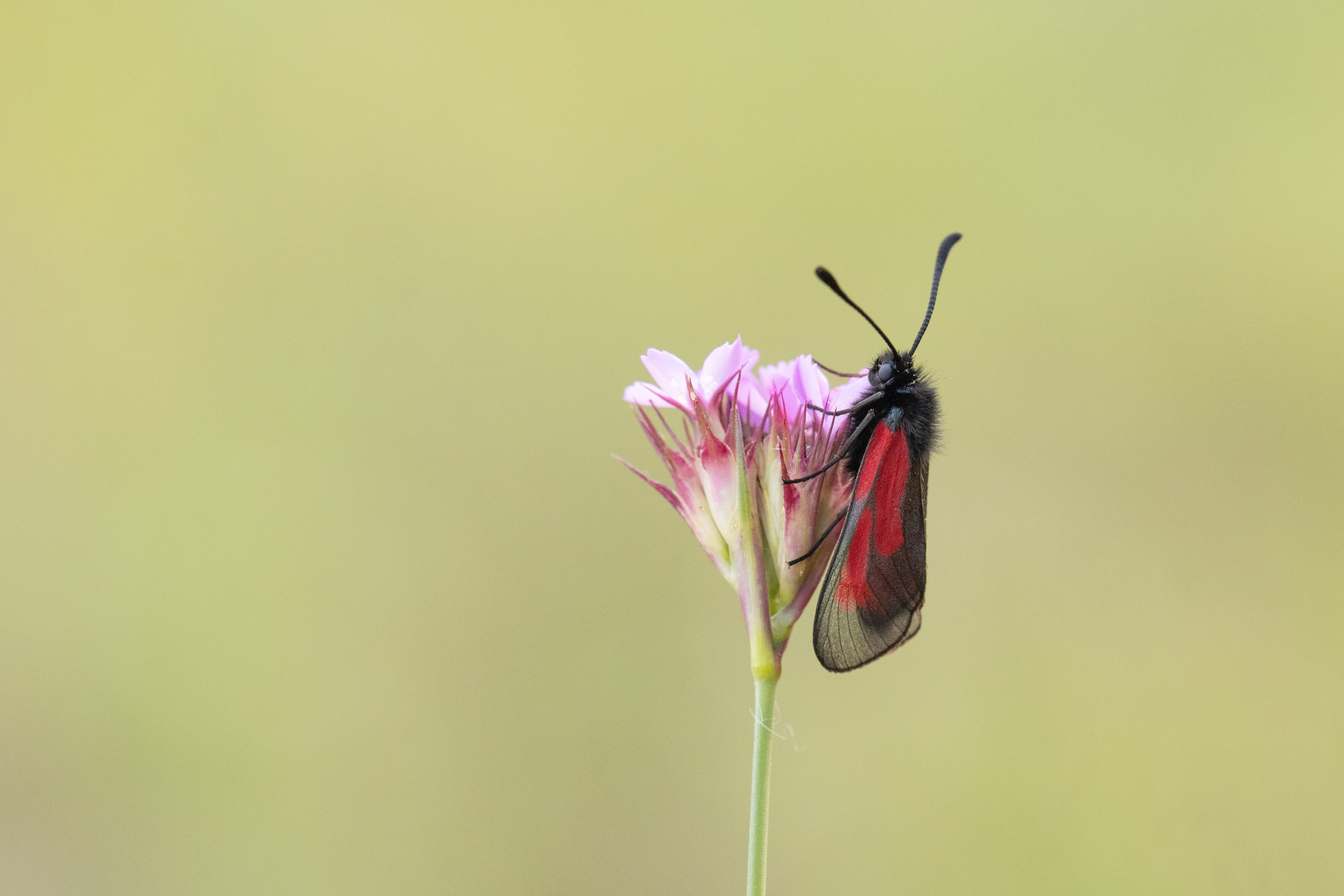
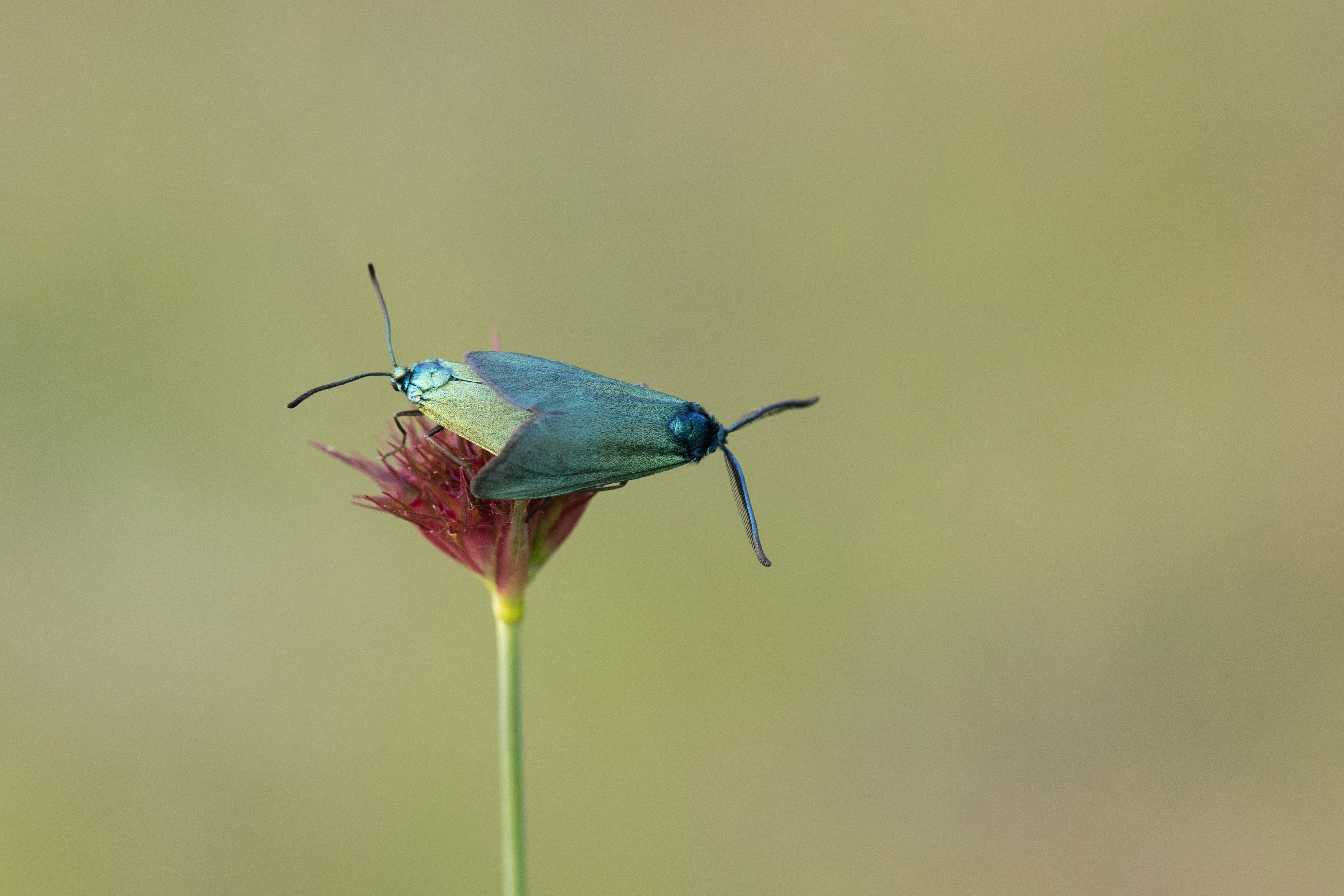

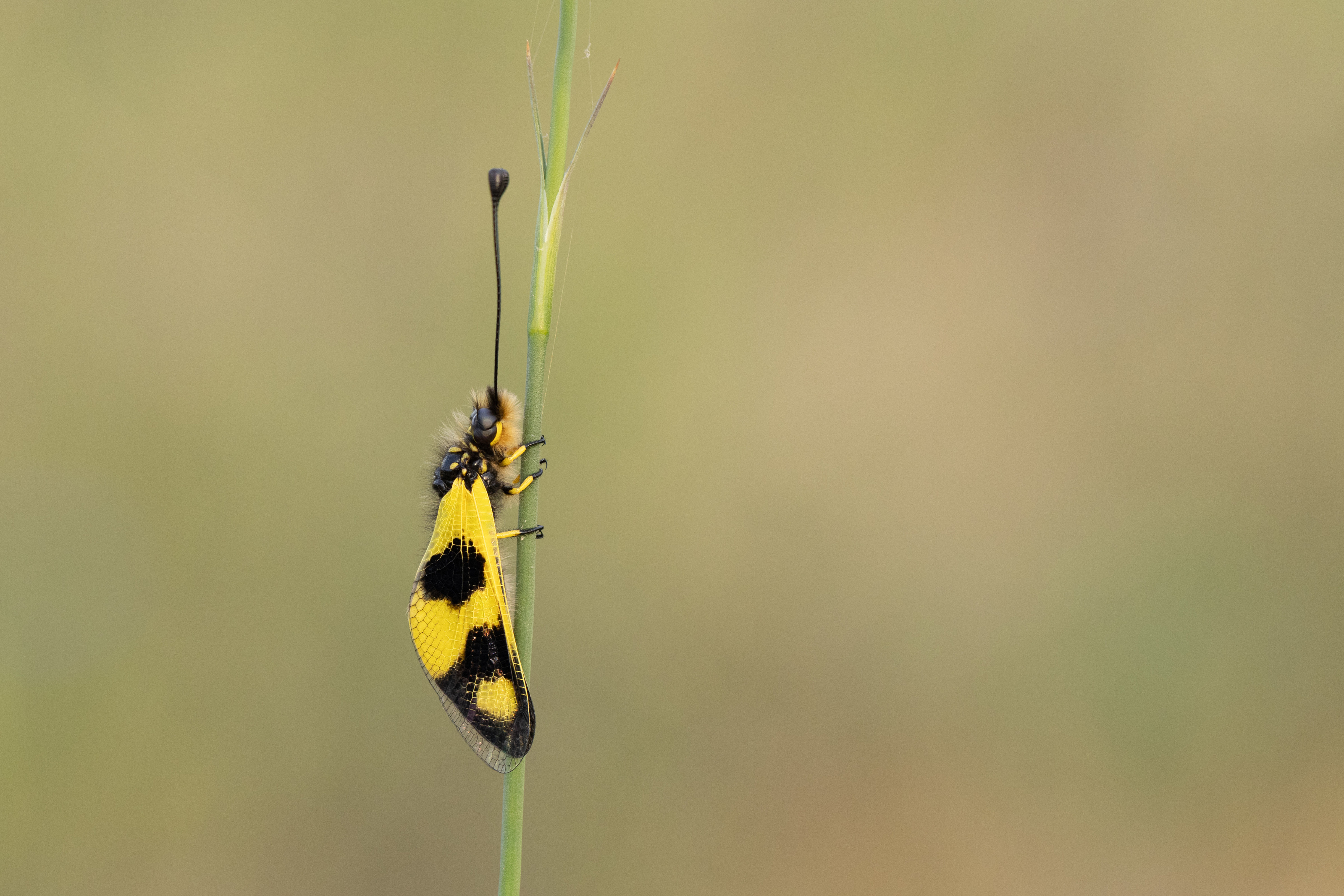
Leave a comment: